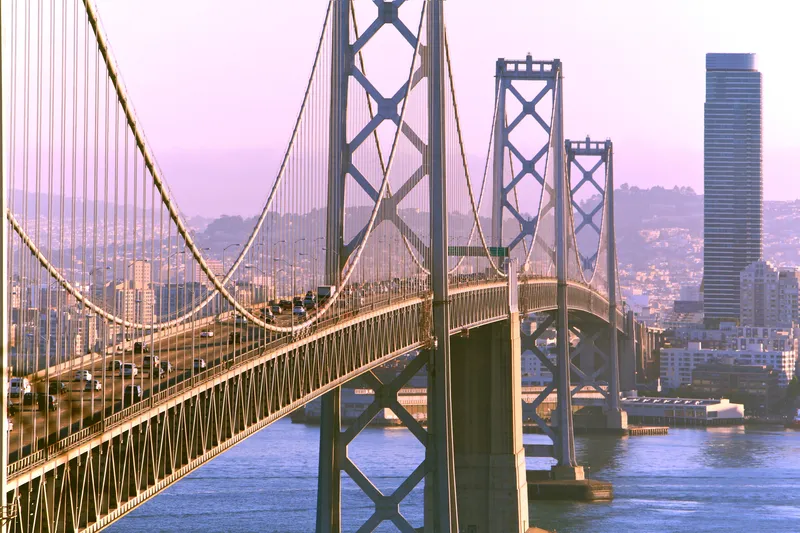Manufacturer of irrigation and infrastructure equipment Lindsay (LNN) has joined forces with the Bay Area Transportation Authority to deploy its movable barrier on the Richmond-San Rafael Bridge in San Francisco, California. Called Road Zipper, the solution will intend to create a separate area for bicycles and pedestrians, while giving officials the option to move the barrier when maintenance work is needed.
The platform consists of T-shaped movable barriers that are connected to form a continuous wall
April 3, 2018
Read time: 1 min
Manufacturer of irrigation and infrastructure equipment 7613 Lindsay (LNN) has joined forces with the Bay Area Transportation Authority to deploy its movable barrier on the Richmond-San Rafael Bridge in San Francisco, California. Called Road Zipper, the solution will intend to create a separate area for bicycles and pedestrians, while giving officials the option to move the barrier when maintenance work is needed.
The platform consists of T-shaped movable barriers that are connected to form a continuous wall. The Road Zipper machine uses a conveyor wheel system with the intention of repositioning the barrier at up to 10mph to create a moveable lane.
Road Zipper will be installed on the north side of the upper deck of the bridge. The throughway will add another section to the planned 500-mile network of bicycle and hiking routes on the Bay trail and will connect trails from Contra Costa and Marin Counties.









